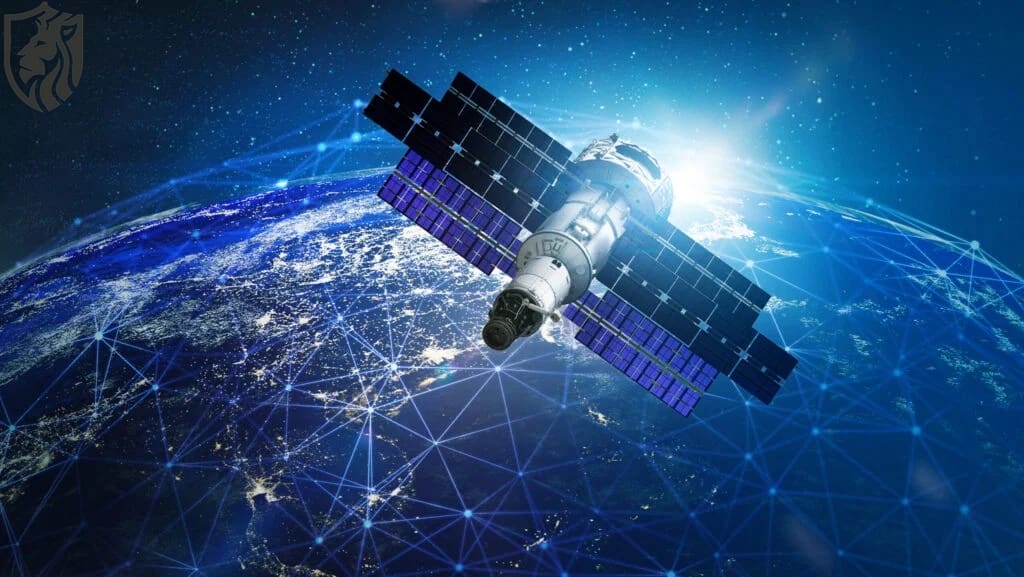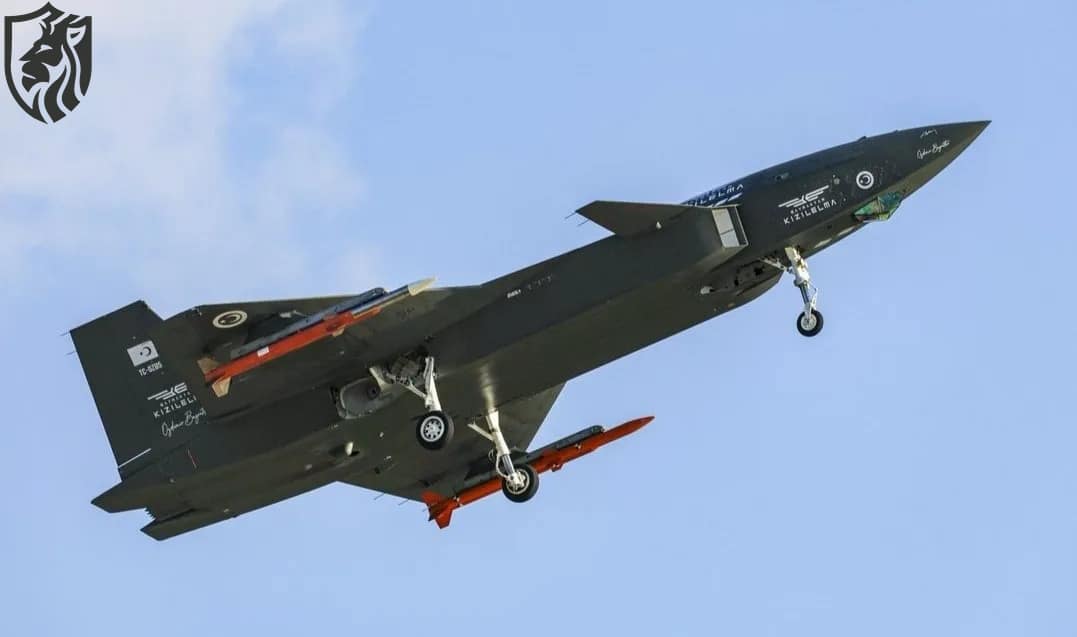
Ukraine Destroys Russian S-500 Air Defense Radar in Crimea
Ukrainian forces have recorded a notable achievement by hitting an S-500 air defense radar site in Russian-occupied Crimea. Open-source experts confirmed the strike in a report on the basis of video evidence shared by the Defense Intelligence Unit of Ukraine (DIU). The strike is one of the highest-profile attacks on Russia’s cutting-edge surface-to-air missile system.
Confirmed Strike via OSINT Inquiry
The CyberBoroshno investigative network analysed recent DIU video evidence of precision drone attacks by the top ‘Primary’ special unit. The burnt-down building was first incorrectly identified as a 96L6 radar for the S-400 system. A closer look identified it, however, as the sophisticated 98L6 Yenisei — the main radar for the S-500 air defense system. This radar is a valuable and unique goal. Its loss will likely impair Russia’s capacity to carry out long-range monitoring and missile engagement within the region.

Features of the 98L6 Yenisei Radar
Russian media report that the 98L6 Yenisei radar uses a multi-element active electronically scanned array (AESA). This advanced AESA technology gives the radar strong resistance against electronic jamming. It can detect aerodynamic and ballistic targets at ranges up to 600 kilometres.
The system also tracks targets at altitudes as high as 100 kilometres. The radar sends targeting data to command posts for missile launch coordination. It supports launches by multiple air defence units, including the S500 anti-missile system.
From the outside, the Yenisei looks like the older 96L6E radar. Both radars sit on a four-axle MZKT chassis with a rotating antenna and equipment cabin. The Yenisei, however, features a redesigned antenna for improved performance. It also has a sector-scan mode to enhance ballistic missile detection.
The 98L6 Yenisei completed field tests between 2020 and 2021. It officially entered service in April 2021. In Crimea, it appears to operate alongside the S-400 system. This combination demonstrates a coordinated Russian air defence strategy for the region.
Deploying an S-500 radar for air defence so far in advance shows Moscow’s defensive priorities. Russia clearly aims to shield Crimea from potential Ukrainian strikes. CyberBoroshno analysts studied footage to locate the exact strike coordinates. They sought to confirm if the radar worked directly with S-500 launchers. Alternatively, it might have been supporting nearby S-400 batteries.
Ukrainian Drone Strategy
The DIU also released a video of Ukrainian drones attacking radars hidden under radio-transparent domes in southern Crimea. The domes, built during Soviet times, protect sensitive equipment from external damage while allowing electromagnetic signals to pass through.

Blowing them up destroys vital surveillance assets, further reducing Russia’s multi-layered air defense. With the use of drones to bypass conventional missile defense systems, Ukraine continues to take advantage of Russian weaknesses. The destruction of an S-500 radar for air defence via targeting shows Kiev’s increasing capacity to strike key targets deep inside contested territory.
Strategic Implications
Russia specifically designed its most sophisticated active surface-to-air missile defence system, the S-500 Prometey, to destroy ballistic missiles, stealthy aircraft, and hypersonic missiles. Disabling the radar element in Crimea is a symbolic and strategic win for Ukraine. The absence of the Yenisei radar significantly reduces the system’s operational range.
This attack is a clear message: Russia’s advanced military technology is not unbreakable. For military planners, it signals the changing face of unmanned systems in contemporary warfare and emphasises the need for electronic countermeasures to improve radar survivability.









